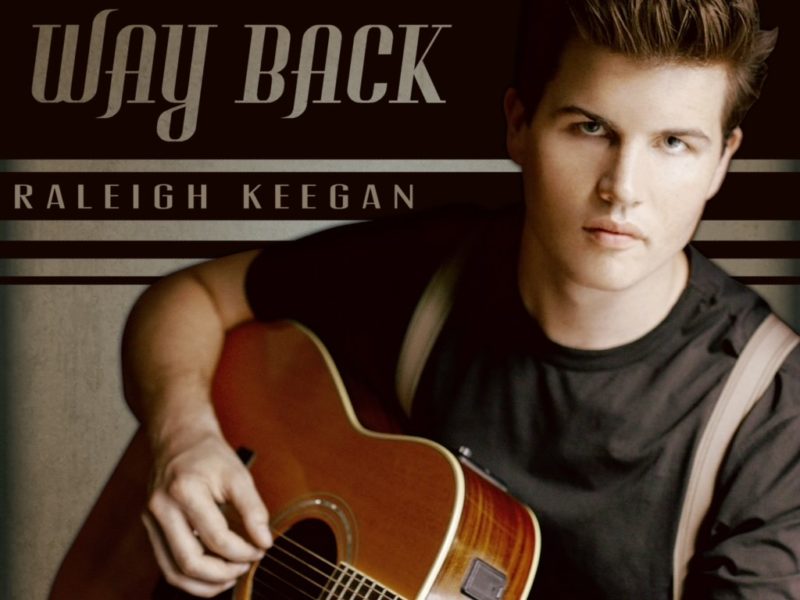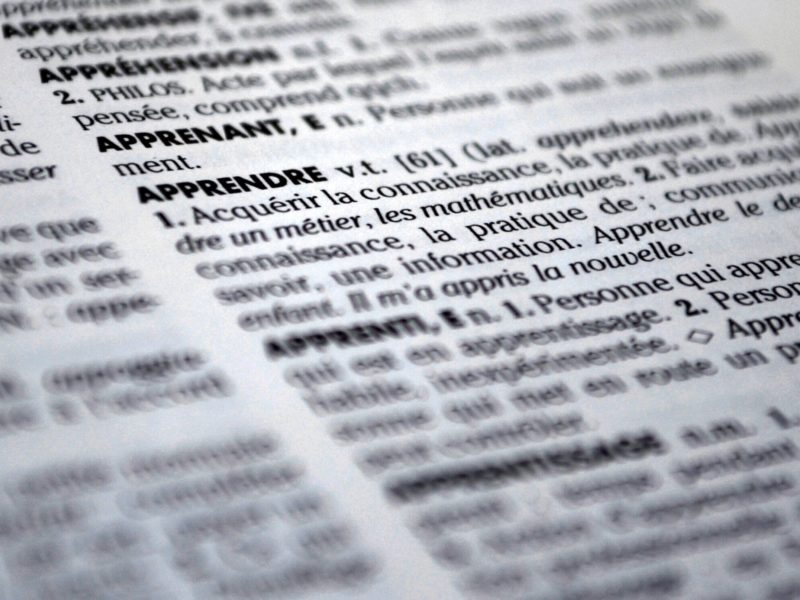
Song Editing: Take your songs from Good to Great
So, you’ve slaved away and poured your sweat, blood, tears, wisdom and wit into the perfect song. Ready to get onstage and play it for the world? Not so fast. Editing a song can be one of the toughest parts of songwriting, yet it also is what separates the wheat from the chaff. A wise songwriter once said:
“Great Songs aren’t written, they are REWRITTEN.”
So with that in mind here is a checklist of thing to look for and review as you take a sober second look at your creation.
- Pronouns: Do they match consistently throughout the song? Have you made it clear who the He/Him or She/Her or They/Them you are referring to is?
- Verb Tense: Have you kept the verbs consistant? Mixing this up can create confusion in the listener as to whether the song is in the past, present or future. If you are moving in time throughout the song, make sure you set it up clearly and bring the listener with you.
- Word circle: If you have it on your computer, print it out, if you wrote it by hand, maybe make a copy. then using a different coloured pen or pencil circle key words and phrases. Anything you think you maybe settled on but were hoping for something better. Any rhymes that are not quite woking, Any descriptive words that could be powered up. Any verbs and pronouns that might be unclear. Then rework the song lyrics until it’s perfect.
- Power up words and phrases: Look at your action words and descriptive words – adverbs and adjectives, words that describe or amplify the nouns and verbs you are using. are they strong enough? Evocative enough? can you power up the meaning by replacing with a new word? Are any of them cliched or common? Can you replace with something unexpected? Something Alliterative?
- Showing or telling: Is your song painting a picture? or are you explaining everything? Don’t treat it like a counselling session – “She looks nice and I thought wow and then I said this and then she did this and I felt bad and so on” amp it up, paint a picture: “She was a crisp white dress on a sunny day, A wide smile carried me to her…”
- Story progression: Have you set a scene in the first verse? Do we have a sense of who is singing and who all the characters are and how they feel and… does the second verse move the story forward, or does it just regurgitate the ideas in the first verse. Does it change the meaning of the chorus in anyway or add depth to the words in the chorus?
- Chorus – Is it memorable? Will the audience be able to sing-a-long? will it stay with them later so they remember you and your song? Does it elevate the story or point you are making? Does it have enough support from the ideas in your verses to make sense and have the meaning that you want it to have?
- Structure: Can you easily identify the structure of the song – for example Verse – Chorus – Verse – Chorus – Bridge – Chorus. Do your verses all have the same number of lines and a similar structure? does the song structure help keep the listener engaged and oriented?
- Rhyme Scheme: Is the rhyme scheme consistent, AABB or ABAB or ABCB? it doesn’t matter as long as it feels good in the song and you keep it consistent. Your listeners brains are looking for patterns and you can use Rhyme to help keep them engaged and interested – or to surprise them when a rhyme is expected, but not delivered – shining a spotlight on that particular line.
So pour yourself a nice cup of coffee. get a clean print out of that song you cranked out yesterday (or perhaps a photocopy of your handwritten lyrics) grab a red pen and walk through each line, every verse, each word and evaluate using the above 9 points as a guide. Don’t be precious about what you wrote. Be fearless! Be bold! Re-writing is the key to writing a great song.







